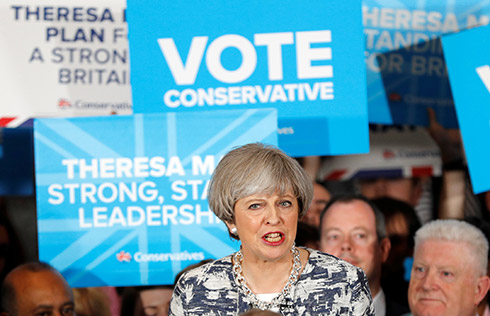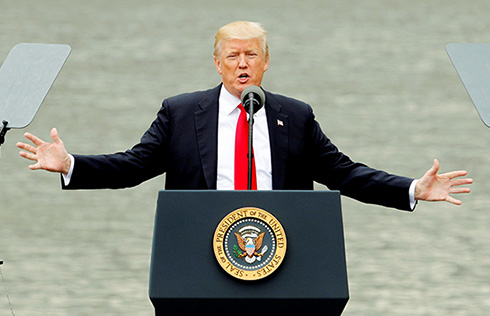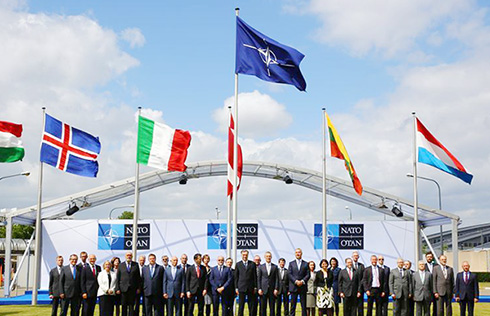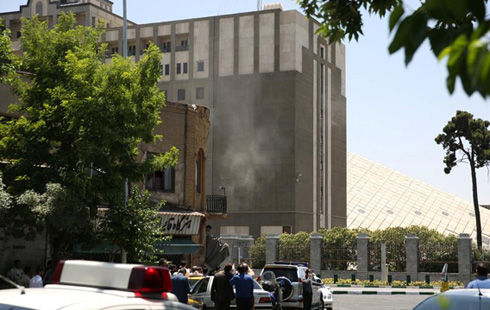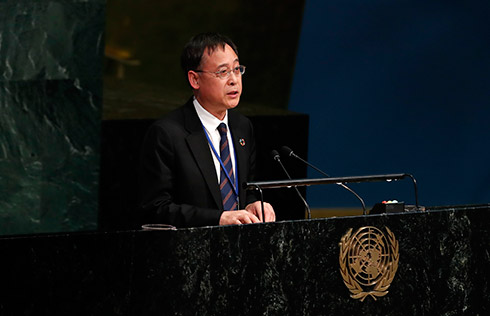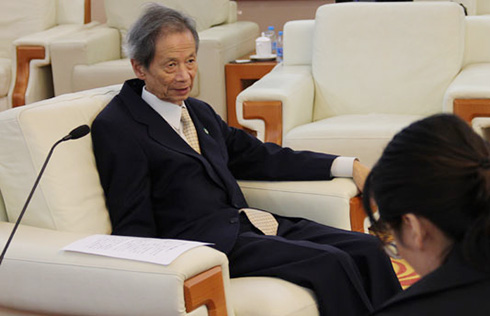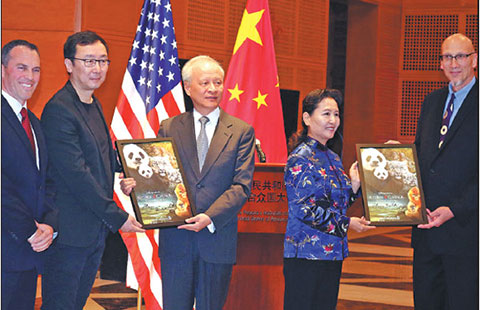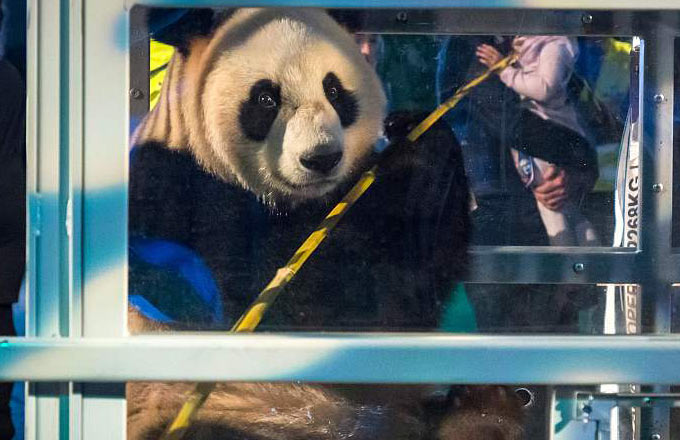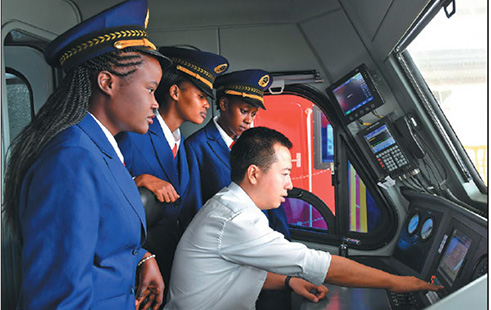Asia-Pacific region weighs free trade opportunities
Setting up an Asia-Pacific free trade zone will end the fragmentation that has undermined efforts to integrate the region and boost global economic growth, analysts have said.
China plans to play a leading role in the proposed FTZ and expects all parties concerned to start negotiations as soon as possible, according to Shi Yaobin, China's vice-minister of finance.
The FTZ framework, which has 21 members, including countries that signed the Trans-Pacific Partnership and other trading powers such as China and South Korea, aims to promote cooperation, guard against protectionism and facilitate fair competition.
However, one problem area could be the existence of low-level free trade agreements in goods only, not services, which officials say could affect the development of regional trade.
There are more than 200 FTAs relating to the Asia-Pacific region, and varying standards, preferential policies and overlapping - or even clashing - rules on the origin of goods have led to fierce competition among trading blocs.
The prevailing situation is not conducive to deepening economic and trade cooperation between countries in the Asia-Pacific region, data from the Ministry of Commerce indicate.
The Asia-Pacific FTZ concept was first proposed in 2004 and later written into the declaration of the Asia-Pacific Economic Cooperation leaders' meeting in 2006. China proposed starting work on a feasibility study in 2014.
"Talks on the proposed FTZ would be in line with the boom in FTAs globally as well as crucial for making countries in the Asia-Pacific region more open," said Tu Xinquan, a professor at Beijing's University of International Business and Economics.
The region is essential to global security, accounting for 40 percent of the world's population, 48 percent of global trade and 57 percent of global output last year.
"Topics such as trade in goods and services, intellectual property and international trade rules, as well as new-age topics such as e-commerce, market competition and the environment, will all be negotiated during the talks," Tu said.
To foster a positive free trade environment, the Chinese government opened seven new FTZs in August. The nation has 14 FTAs with 22 countries and regions, and is negotiating more, including a three-way FTA with Japan and South Korea and one with Sri Lanka. In addition, there is the Regional Comprehensive Economic Partnership, an FTA involving 16 countries in Southeast Asia.
Zhang Ying, a researcher at the Chinese Academy of International Trade and Economic Cooperation in Beijing, said as China expands its FTA network, the government has made free trade in goods and services a priority.
"It has relaxed the rules to make access to the Chinese market easier, facilitated trade ... and enhanced economic and technological cooperation," he said.
zhongnan@chinadaily.com.cn





